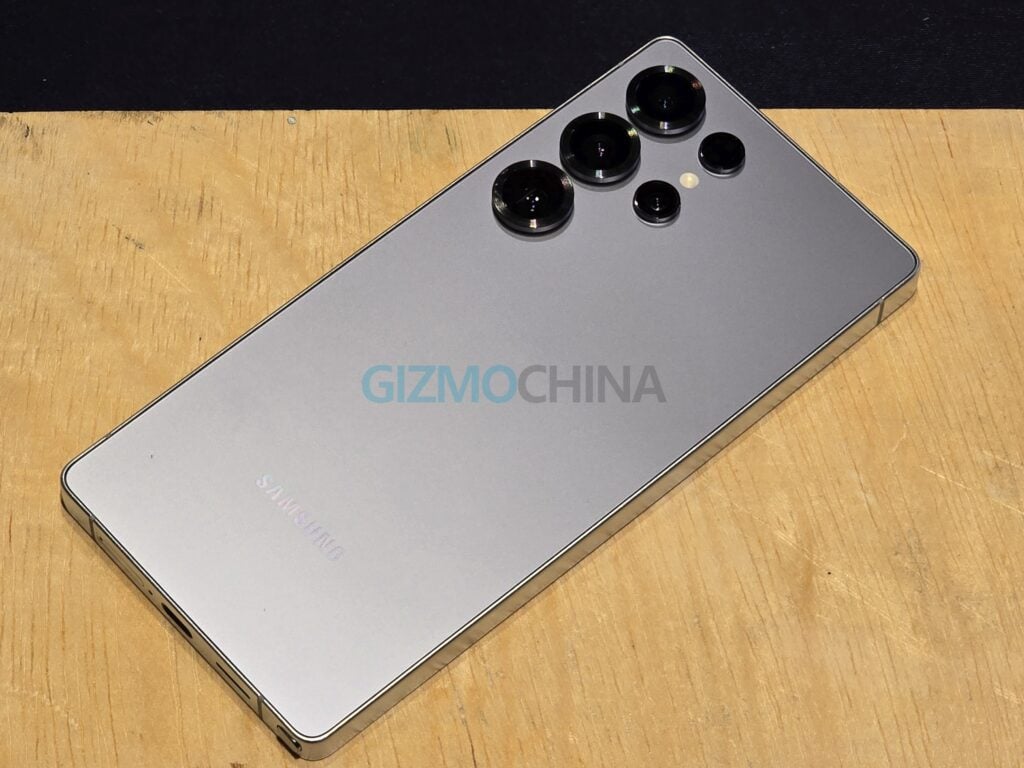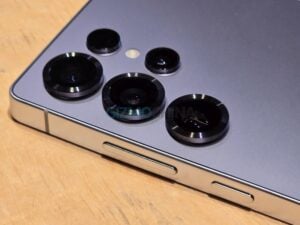
After spending a solid four months with the
Samsung
Galaxy S25 Ultra as my daily driver, I’ve had enough time to dive deep into its performance, features, and quirks. This isn’t just about first impressions; it’s a real-world evaluation of how Samsung’s flagship holds up with consistent daily use. Whether for work, entertainment, photography, or casual browsing, I’ve relied on the S25 Ultra for everything. In this long-term review, I’ll cover its design, display, performance, battery life, camera quality, software experience, AI features, and overall reliability, blending personal experience with broader user sentiment and tech community feedback.
Design and Build
The
Galaxy S25 Ultra’s
design is instantly recognizable as a Samsung flagship, with a refined aesthetic that blends familiarity with subtle upgrades. The titanium frame and rounded corners make it more comfortable to hold compared to the sharper-edged S24 Ultra, and at 14g lighter and 0.4mm thinner, it feels less bulky despite its massive 6.9-inch display. The flat sides and tiny bezels give it a sleek, almost slab-like appearance, which I found both elegant and practical for long-term use.
The phone’s build quality is exceptional, with Corning Gorilla Armor 2 promising better drop and scratch resistance, and there’s an IP68 rating for protection against dust and water damage. However, I was cautious after hearing reports that the screen might not be as durable as its predecessor, as noted in a torture test by YouTuber JerryRigEverything, where scratches appeared at a lower Mohs scale level than expected. Thankfully, after four months of use—often without a case, in pockets with keys or coins—I noticed only minor micro-scratches, and the anti-reflective coating kept the screen looking pristine under sunlight.
Display and the S Pen

The 6.9-inch QHD+ Dynamic AMOLED 2X display is a standout, with vibrant colors (128.1% sRGB, 90.8% DCI-P3) and excellent color accuracy (Delta-E 0.24). Whether I was streaming Netflix, gaming, or editing photos, the screen’s sharpness and 120Hz refresh rate delivered buttery-smooth visuals. The peak brightness made it easy to use outdoors, even in direct sunlight, thanks to the anti-reflective coating. Over the period of my use, I appreciated how the display maintained its quality, with no noticeable burn-in despite heavy use of apps like YouTube and Google Maps. Switching to Vivid mode enhanced colors for media consumption, though I stuck with Natural mode for editing tasks to ensure accuracy.
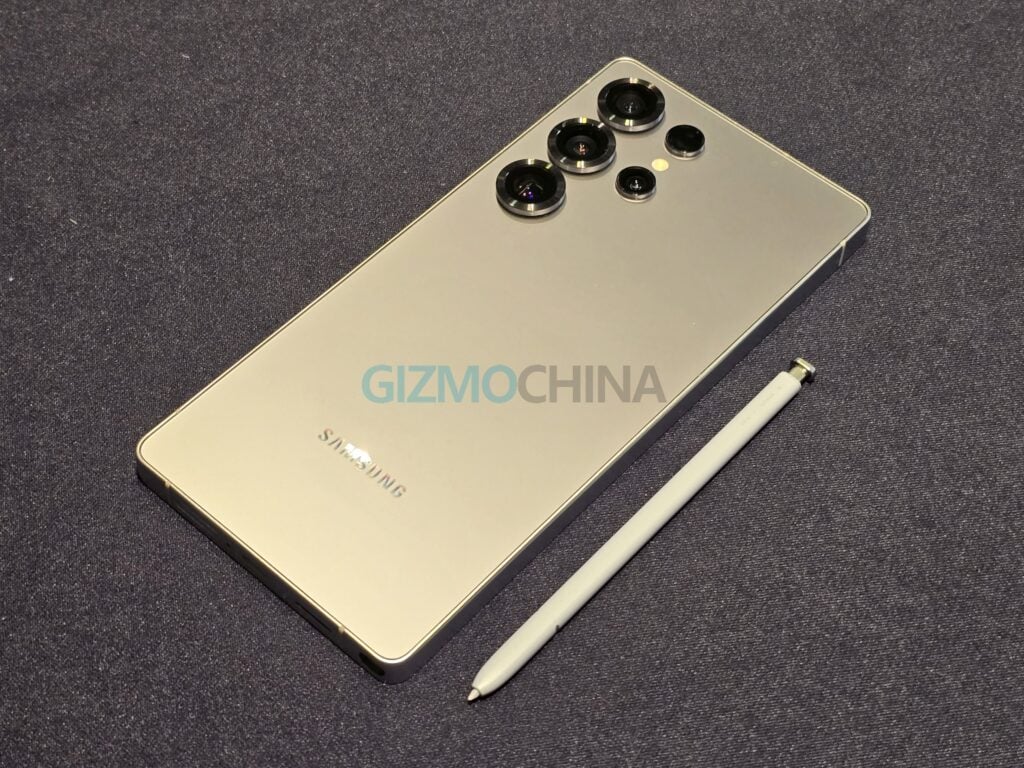
The integrated S Pen continues to be a unique selling point and a feature I now can’t live without. From quick notes in meetings and annotating PDFs to precise photo editing, it enhances productivity significantly. The latency is practically non-existent, making the writing experience feel incredibly natural, and I used it frequently for note-taking during meetings and quick sketches. However, the lack of Bluetooth support for Air Actions was a minor letdown, as I occasionally missed the remote control functionality from previous models.
Performance
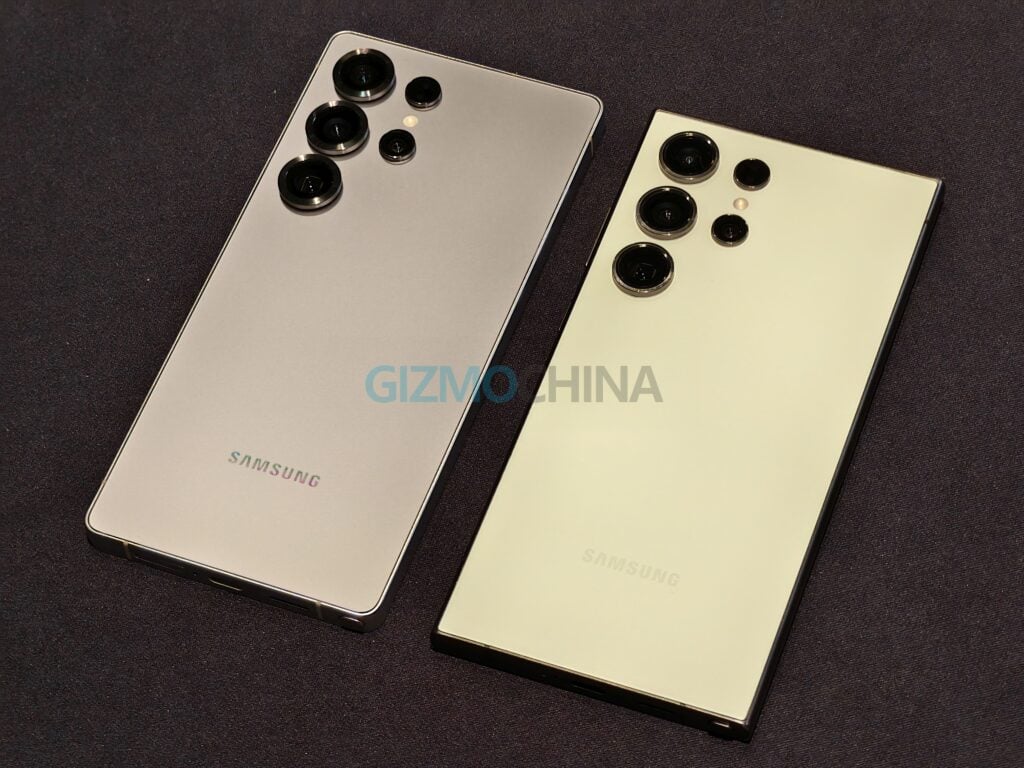
Powered by the Qualcomm
Snapdragon 8 Elite
“for Galaxy,” the S25 Ultra handled everything I threw at it with ease. From multitasking with multiple apps (Chrome, Discord, and MS Word simultaneously) to playing demanding games like Genshin Impact and Call of Duty Mobile, the phone never stuttered. The overclocked chip offered a slight edge over other Snapdragon 8 Elite devices, and I noticed snappy performance even during intensive tasks like 4K video editing. I didn’t encounter any slowdowns or overheating, even during extended gaming sessions or when using DeX mode to connect to an external monitor for work. This DeX is quite handy when I am travelling and still want to work a bit at the hotel. The 12GB of RAM and storage options (I used the 512GB model) ensured I never ran out of space for photos, videos, and apps.
I own a
Galaxy S24
Ultra, which is already an impressive phone, but the battery performance is one department that’s a bit of a letdown. The S25 Ultra’s 5,000mAh battery delivered solid performance, typically lasting a full day with around 8 to 9 hours of screen-on time even with QHD+ resolution. On my typical day—starting at 7am with emails, social media, Spotify streaming, and occasional gaming—I usually ended with 20 to 30% battery by 10pm.
On lighter days, I could stretch it to nearly two days by reducing the screen resolution, which pushed battery life to around 18 hours and 35 minutes in testing scenarios. So, while the battery size did not increase compared to the previous generation, Samsung did manage to pull out more battery life on the S25.
Charging speed at 45W was decent, reaching 71% in 30 minutes. However, I wish Samsung had adopted faster charging or explored carbon-silicon batteries. Wireless charging worked reliably, but the lack of Qi2 magnet support was a missed opportunity for better accessory compatibility.
Camera
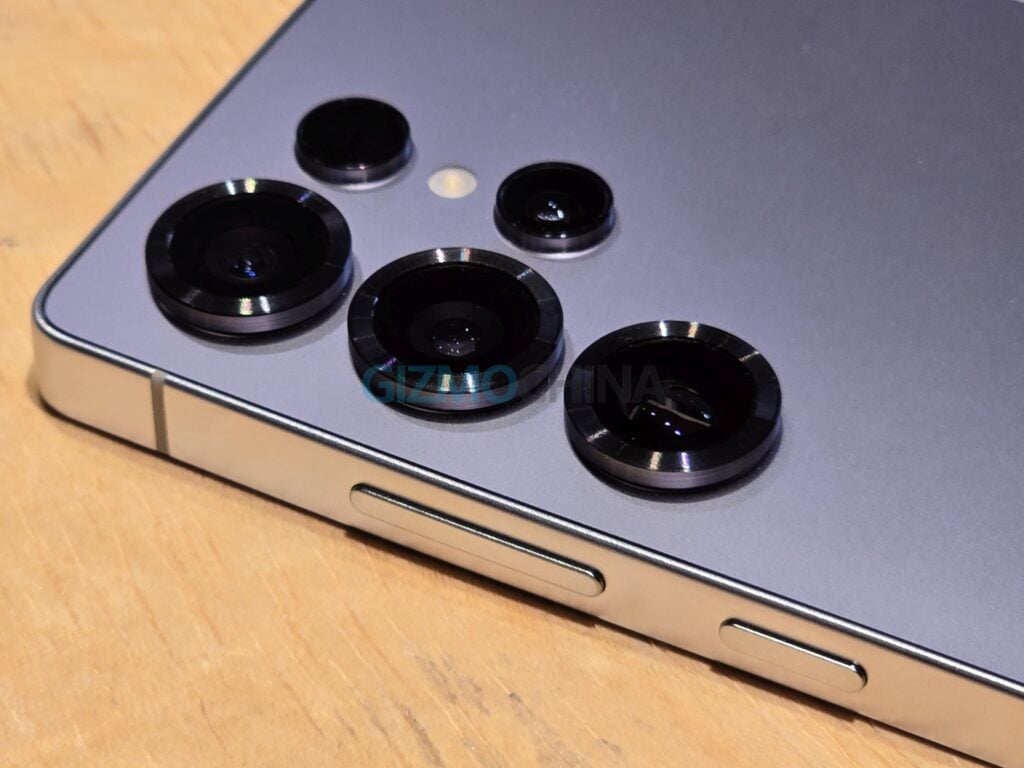
The camera system is arguably the Galaxy S25 Ultra’s headline feature, and it lived up to the hype over the long term. Additionally, the overhauled camera app interface made it easier to navigate settings, and I appreciated the extra screen space for framing shots.
-
Main 200MP Sensor:
Photos are consistently sharp, detailed, and vibrant in good lighting. Even in challenging mixed lighting conditions, the dynamic range is excellent. I rarely shot at the full 200MP, but the pixel-binning for 12MP shots truly maximizes light capture and detail. -
Ultrawide:
The ultrawide lens produces excellent results, maintaining color consistency with the main sensor and showing minimal distortion, making it great for landscapes or group shots. -
Telephoto Lenses (3x and 5x):
This is where Samsung truly dominates. The (10MP telephoto) 3x optical zoom is perfect for portraits and bringing subjects closer without quality loss. The (50MP persicope) 5x optical zoom is a marvel, allowing me to capture incredible detail from a distance. The improved digital zoom, leveraging AI, meant that even 30x or 50x shots were surprisingly usable for social media—something I wouldn’t have said for older models. -
12MP Selfie
: The front camera captures sharp and natural-looking selfies with good dynamic range. It performs well in video calls and supports 4K video recording. -
Low Light:
Nightography has seen significant advancements. Images in low light are brighter, with less noise and better detail retention than previous generations. It’s not magic, but it certainly closes the gap with dedicated cameras. -
Video:
Video recording capabilities are superb, offering stable, high-quality footage up to 8K. The improved stabilization makes handheld recording very smooth, and the audio capture is clear.
My only minor gripe is that sometimes the processing can be a bit aggressive, leading to slightly oversaturated colors, but this is a subjective preference and can often be tweaked.
Software, AI, and Other Features
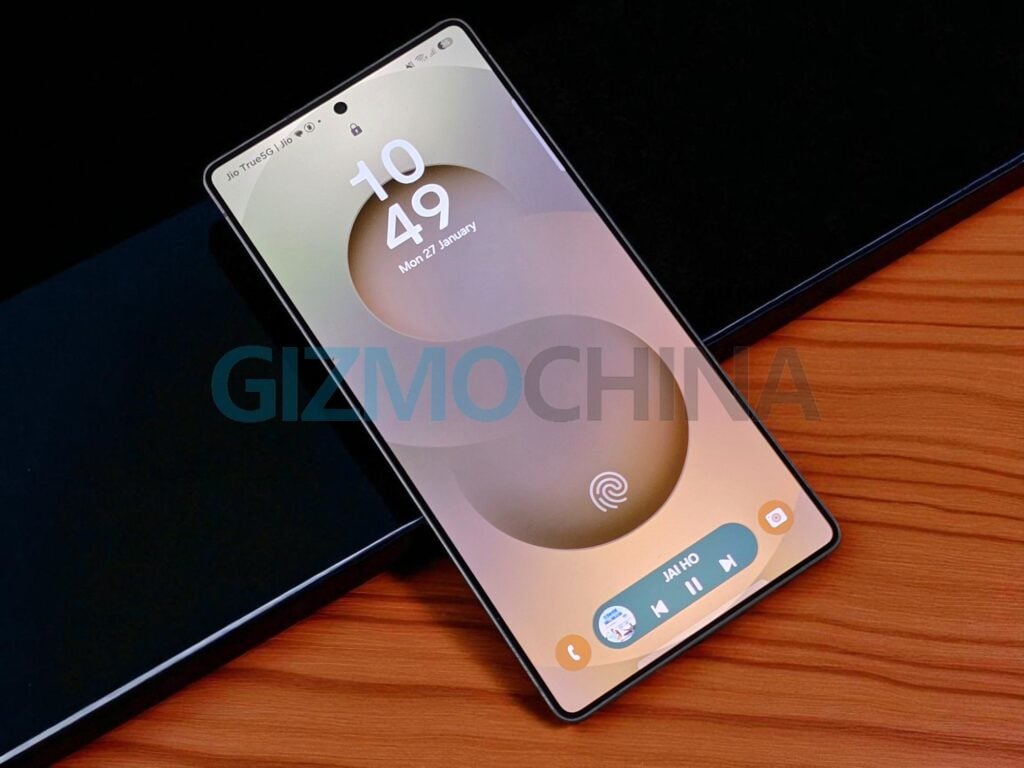
Samsung’s promise of seven years of software and security updates gave me confidence that the phone will remain relevant through 2032. One UI 7, running on Android 15, felt more polished and customizable than ever before. The AI-enhanced editing tools (like object removal and generative fill) were fun and surprisingly accurate. For example, I removed a distracting sign from a vacation photo, and the AI recreated the background seamlessly.
Galaxy AI’s call transcription feature was a game-changer for work, allowing me to review meeting calls with AI-generated summaries that saved time. Photo editing tools, like removing objects or generating missing parts of an image, worked impressively well, though I was mindful of ethical concerns around such powerful edits.
I really liked the Now Bar on the Galaxy S25 Ultra because it brings real-time info right to the lock screen without needing to unlock the phone. Whether it’s checking a running timer, controlling music, or getting navigation updates, everything is just a tap away. It’s super convenient and feels like a smarter way to stay updated throughout the day.
Over time, I relied on the AI for specific tasks (like summarizing long emails) but didn’t fully integrate it into my daily workflow due to its hit-or-miss nature. Still, Samsung’s AI suite felt more advanced than competitors’ offerings, making the S25 Ultra stand out.
5G performance was consistently strong, and Wi-Fi 7 (or Wi-Fi 6E) provided blazing-fast speeds at home. The stereo speakers are loud and clear, offering a good audio experience for media. Haptic feedback is precise and satisfying, adding a premium feel to interactions.
Should you buy it?

The Galaxy S25 Ultra is a stellar phone that excels in most areas, from its gorgeous display and versatile camera to its smooth performance and innovative AI features. After using it for a couple of months, it felt like a reliable companion that adapted to my needs, whether for work, photography, or entertainment. If you’re upgrading from an older device (like the S23 Ultra or earlier) or switching from another brand, the S25 Ultra is a fantastic choice, especially with its seven-year update commitment. Particularly, I like it more than any other flagship for continuing to feature the S Pen.
For power users, the Vivo X200 Pro or Xiaomi 15 Ultra might offer competing hardware, but the S25 Ultra’s polished software, AI capabilities, and global availability make it the best Android phone for most people. At $1,299.99 (Rs 1,29,999 in India), it’s pricey, but its long-term reliability and feature set justify the cost for those seeking a premium experience.
Why did I use it for only four months? Because it was a review unit that had to be returned to the brand.
The post
Lived with Galaxy S25 Ultra for 4 months: Is it still worth buying?
appeared first on
.

